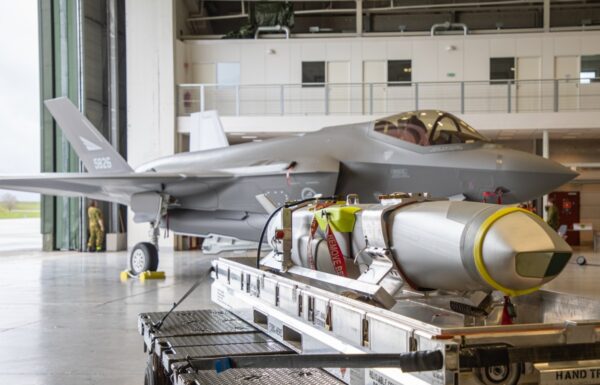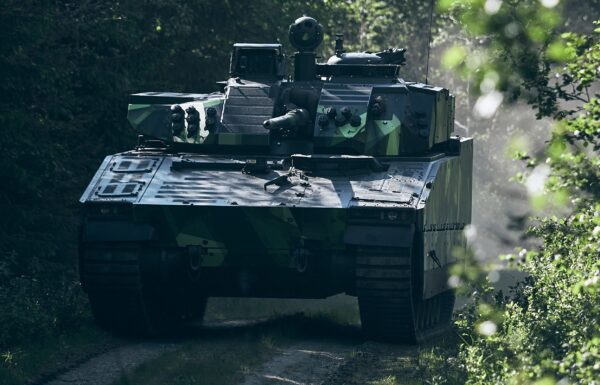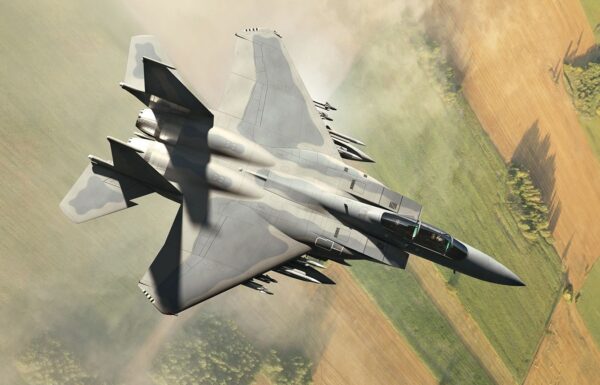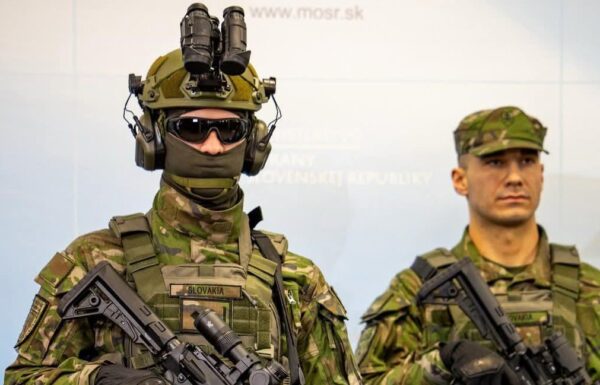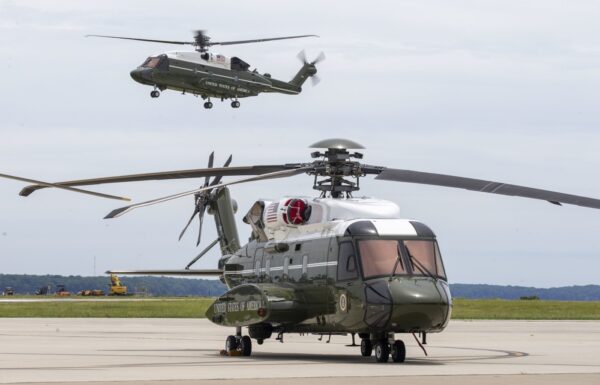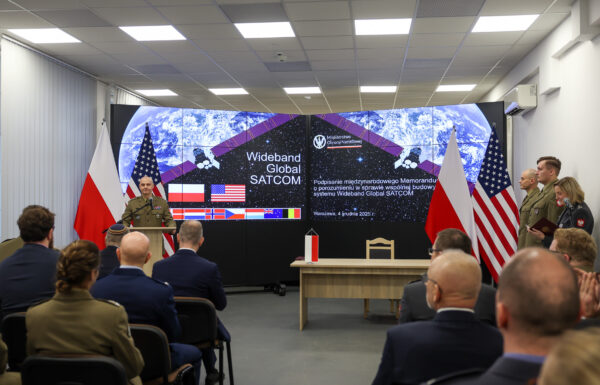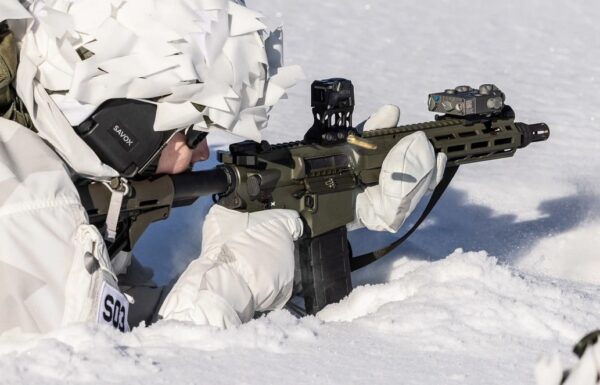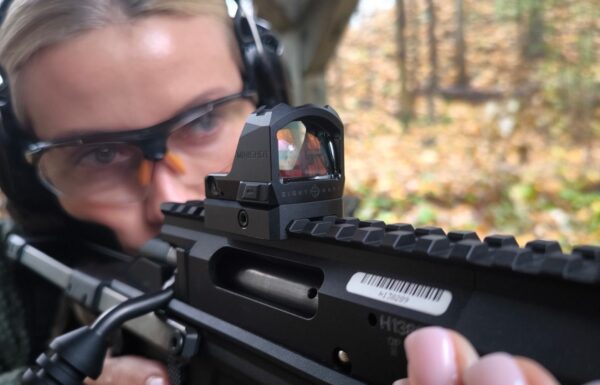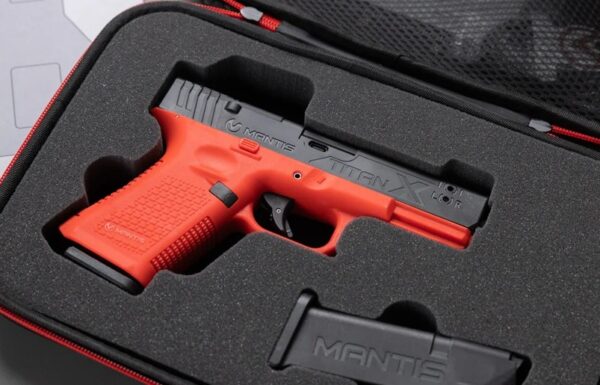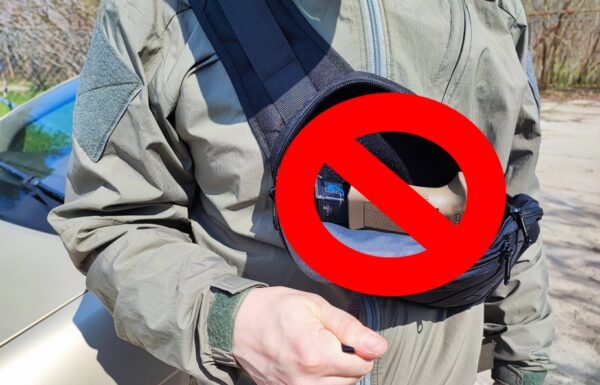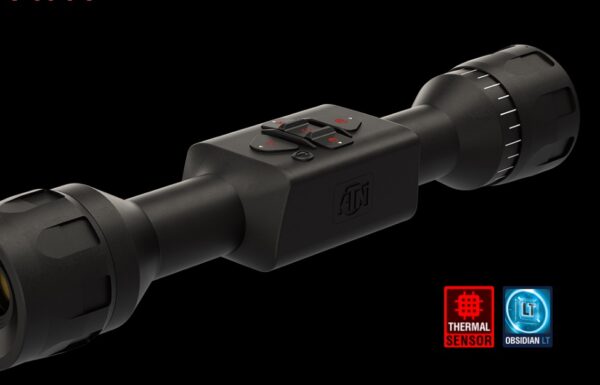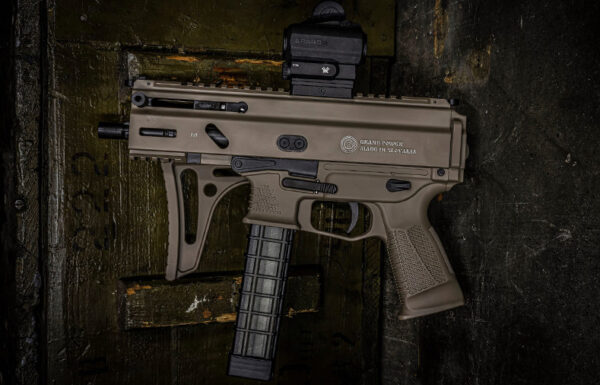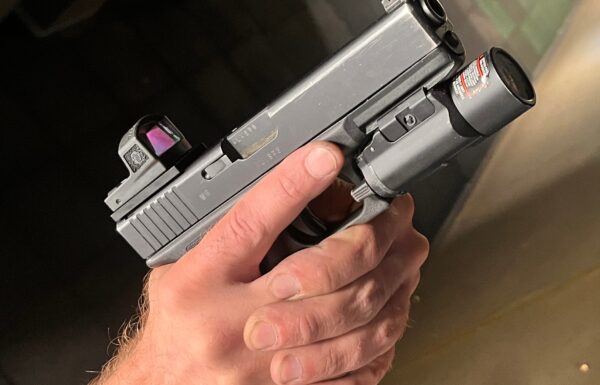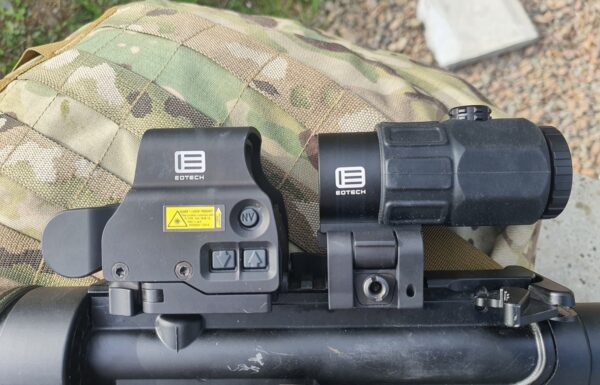MSHORAD
On Friday, October 4, 2024, the Swedish company Saab Defence and Security announced that on October 1, it received a second order from the Lithuanian Ministry of Defense for the delivery of the Mobile Short Range Air Defence (MSHORAD) system.
 Photo: Saab Defence and Security
Photo: Saab Defence and Security
The value of the order is 1.2 billion SEK (ca. 105.6 million EUR), and the deliveries are scheduled for 2026–2029. Saab Dynamics, a subsidiary of Saab, will be responsible for the deliveries.
The first contract on this matter was signed on July 9, 2024, with a value of 1.3 billion SEK (147 million EUR), and the deliveries are set to take place between 2025 and 2027.
Thanks to this additional order, the second battery of the Lithuanian Armed Forces will be equipped with Saab’s mobile air defense capabilities.
“We are proud to continue supporting the Lithuanian Armed Forces’ short-range air defence capability. MSHORAD is a highly mobile solution which enables the user to quickly and effectively identify and counteract air threats,” says Görgen Johansson, head of Saab’s business area Dynamics.
“The acquisition of the Mobile Short-Range Air Defense System (MSHORAD) will enhance the Lithuanian military’s capability to counter potential enemy air attacks. The advantage of this system is its mobility, making it a highly necessary system for Lithuania,” said Lithuanian Minister of National Defense Laurynas Kasčiūnas.
As before, the order includes mobile fire units, mobile Giraffe 1X 3D radar units, a command and control (C2) system, a training package, and simulators for the RBS 70 NG (New Generation) short-range air defense missile system. Saab will integrate the MSHORAD with the chassis of the JLTV (Joint Light Tactical Vehicle)/L-ATV (Light Combat Tactical All-Terrain Vehicle), produced by the American company Oshkosh Defense, before delivering them to the client. Lithuania’s Land Forces (Lietuvos sausumos pajėgos) already have such vehicles: as of August 22 of this year, more than 385 of the 500 ordered units have arrived in the country.
The recent order was placed under a framework agreement between Saab, the Swedish Defence Materiel Administration (FMV) at the Ministry of Defense, and the Lithuanian Ministry of Defense, which allows Vilnius to place orders for the RBS 70 NG (New Generation) mobile short-range air defense missile solution.
Saab currently offers the RBS 70 NG system with second-generation Bolide missiles, which have a range of up to 8,000 meters and an engagement altitude of up to 5,000 meters. These missiles are effective against armored targets, such as aircraft, attack helicopters, and even ground targets.
MSHORAD is Saab’s mobile air defense solution. The system consists of a mobile radar unit based on the Giraffe 1X 3D radar, a mobile fire unit based on the RBS 70 NG, all integrated with the GBAD C2 command and control system.
The Giraffe 1X 3D radar features an active electronically scanned array (AESA) antenna using gallium nitride (GaN) technology. The triangular antenna is 0.5 meters tall and 1.0 meter wide, with a weight of 100 kg (60 kg for the antenna itself, with the rest comprising an identification friend-or-foe system and a rotating device). Together with other system components (the processing unit, power unit, and operator laptop), the total weight of the set is less than 300 kg. Most electronic components are housed internally, and the system is air-cooled. Thanks to improved Enhanced Low, Slow, and Small (ELSS) capabilities, it can more effectively identify small targets at long distances. The electronically shaped and controlled antenna beam allows for very fast scanning of the elevation from 0 to 70°.
Saab MSHORAD was unveiled by the manufacturer on March 30, 2022.
https://twitter.com/Saab/status/1842100082771959952
NASAMS
On the same day, the Norwegian company Kongsberg Defence and Aerospace (KDA) announced that the day before, Vilnius had ordered another mobile NASAMS II (National Advanced Surface to Air Missile System) air defense system for the equivalent of 193 million EUR.
 Photo: Lithuanian Ministry of Defense
Photo: Lithuanian Ministry of Defense
As part of the contract, some of the NASAMS II battery equipment will also be upgraded, increasing the contract’s value to 234 million EUR. Lithuania purchased its first battery on October 26, 2017, for the equivalent of 109 million EUR. This purchase follows orders placed in December 2023 to increase the number of NASAMS II fire units. On December 27, 2018, Lithuania ordered additional inertially guided surface-to-air training missiles, and on October 23, 2023, Vilnius received approval to purchase 63 AIM-120C-8 AMRAAM anti-aircraft missiles for these systems.
Acceptance trials of Lithuania’s first NASAMS II system began in Norway at the end of September 2019, and it was delivered to Lithuania’s Land Forces Air Defense Battalion (Oro gynybos batalionas, OGB; Lietuvos sausumos pajėgos) on June 19, 2020.
“KONGSBERG sees increased demand from existing NASAMS users to upgrade and expand their NASAMS assets. The NASAMS system is an important defence capacity given the geopolitical situation in the world. The contract with Lithuania also strengthens the country’s partnership with NATO,” said Eirik Lie, President of Kongsberg Defence & Aerospace.
On June 28, 2023, Lithuanian President Gitanas Nausėda announced on social media that the government had purchased two NASAMS launchers, which were then delivered to Ukraine, currently at war. Norway, in turn, provided additional optional equipment for these launchers.
A NASAMS battery consists of six launchers, an AN/MPQ-64F1 Improved Sentinel 3D radar station, a command and fire control vehicle with the Link 16 data transmission system, and a vehicle equipped with an electro-optical observation and targeting head. One battery, operating as part of an integrated air defense system, can simultaneously engage up to 36 airborne targets, such as aircraft, helicopters, and cruise missiles.
https://twitter.com/kongsbergasa/status/1842105707287519386
Lithuania is modernizing its air defense
As stated in a separate press release from the Ministry of Defense, Lithuania takes its national defense very seriously, which is why it is strengthening and will continue to strengthen its air defense.
“The acquisition of these modern medium- and short-range air defense systems also ensures the implementation of Lithuania’s airspace defense concept. Air defense is important both for us and for NATO as a whole, which is why we pay special attention to this area. In addition to the acquisition of NASAMS and other RBS70 NG (MSHORAD) systems, this year an additional 10 million euros have been allocated for the purchase of short-range mobile air defense systems, PIORUN, allowing us to replace the older GROM systems,” said Minister of National Defense Laurynas Kasčiūnas.
In 2024, Lithuania plans to allocate an additional 96 million EUR to accelerate the implementation of important defense projects for the Lithuanian army, specifically the purchase of medium- and short-range mobile air defense systems. These systems will be intended for the formation of air defense for a mechanized division. Without the allocation of additional funds, the purchase of these systems was previously planned no earlier than 2030.
In addition to the systems mentioned above, the Land Forces Air Defense Battalion also operates portable RBS 70 Mk2 and FIM-92 Stinger anti-aircraft missile systems.
After the outbreak of the full-scale Russo-Ukrainian war, Lithuania has been investing in the air defense sector, among other areas. Notable investments include American Lockheed Martin AN/TPS-77 radars, Dutch Thales GM200 MM/C radars, and interest in the German Diehl Defence IRIS-T (Infra-Red Imaging System Tail) air defense system as a medium-range solution.


